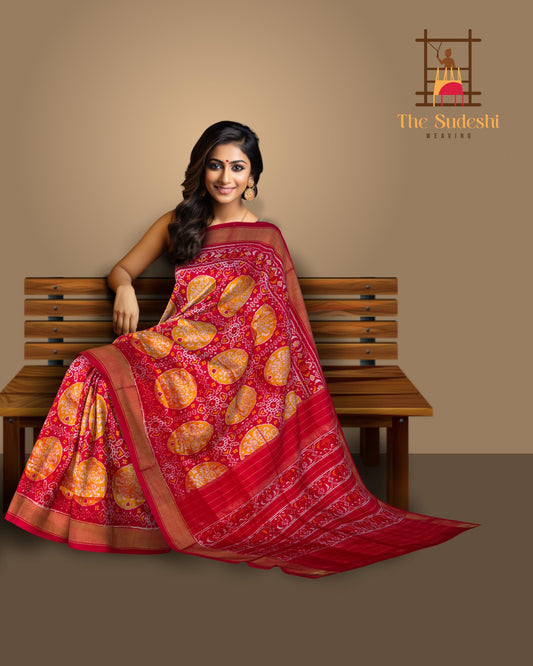Challenges Faced by Weavers in Production and Post-Production

In the intricate tapestry of textile production, weavers stand as the master artisans, weaving dreams into reality with every thread. However, behind the mesmerizing fabrics lie a multitude of challenges that weavers encounter, both during production and after it. Let's delve deeper into these challenges, shedding light on the complexities faced by these craftsmen and women.
Understanding the Art of Weaving
Weaving is not merely a mechanical process; it's an art form that requires precision, skill, and creativity. From selecting the finest fibers to meticulously crafting intricate patterns, every step demands expertise and attention to detail. However, amidst the beauty of the final product, lie several hurdles that weavers confront at various stages of production.
Challenges in Production
- Sourcing Quality Materials
Challenges in Post-Production
- Marketing and Distribution
Creating exquisite fabrics is only half the battle; the real challenge lies in marketing and distribution. Many weavers operate in remote rural areas, far from mainstream markets and urban centers. As a result, they struggle to showcase their products to a wider audience, relying on middlemen who often exploit their lack of market knowledge.
The journey of a handwoven fabric does not end at the loom but extends to the marketplace, where it must compete for attention amidst a sea of mass-produced textiles. However, many traditional weavers lack the resources and expertise to effectively market their products, relegating them to obscurity in an increasingly competitive industry. Moreover, the absence of direct access to consumers forces weavers to rely on middlemen and intermediaries, who often exploit their lack of bargaining power. As a result, many weavers receive only a fraction of the true value of their products, perpetuating a cycle of poverty and exploitation.
- Competition from Mass Production
In an era dominated by mass-produced textiles, traditional handloom fabrics face stiff competition. Cheap imports flood the market, offering consumers affordable alternatives to handmade textiles. Weavers find themselves grappling with the dilemma of preserving their craft while staying competitive in a globalized economy.
The rise of mass production has posed a formidable challenge to traditional handloom weavers, threatening to overshadow their centuries-old craft. Cheap imports from low-wage countries inundate the market, offering consumers a wide array of affordable alternatives to handmade textiles. As a result, many weavers struggle to find a niche in an industry dominated by price-conscious consumers. Moreover, the commodification of textiles has led to a decline in appreciation for the skill and artistry inherent in handwoven fabrics, further marginalizing traditional weavers. Despite these challenges, many weavers remain steadfast in their commitment to preserving their craft, believing that there is still a place in the market for authentic handmade textiles.
- Design Innovation and Adaptation:
While tradition forms the cornerstone of weaving, embracing innovation is essential for survival. Weavers must strike a delicate balance between preserving age-old techniques and embracing modern design trends. However, limited exposure to design education and lack of access to design resources hinder their ability to innovate and adapt to changing consumer preferences.
The world of fashion is constantly evolving, driven by changing tastes and trends. Traditional weavers must navigate this ever-changing landscape, balancing the preservation of their cultural heritage with the need to stay relevant in a fast-paced industry. However, many weavers lack access to formal design education and resources, limiting their ability to experiment with new techniques and styles. Moreover, the absence of market feedback further exacerbates the challenge, making it difficult for weavers to gauge consumer preferences. Despite these obstacles, some weavers have managed to carve out a niche for themselves by blending traditional techniques with contemporary designs, appealing to a new generation of consumers.
4. Sustainability and Environmental Concerns:
As the world shifts towards sustainability, weavers are increasingly pressured to adopt eco-friendly practices. However, transitioning to sustainable production methods requires investment in new technologies and training, which many small-scale weavers cannot afford. Moreover, environmental regulations and certification processes pose additional challenges, adding to their compliance burden.








Leave a comment
Please note, comments need to be approved before they are published.